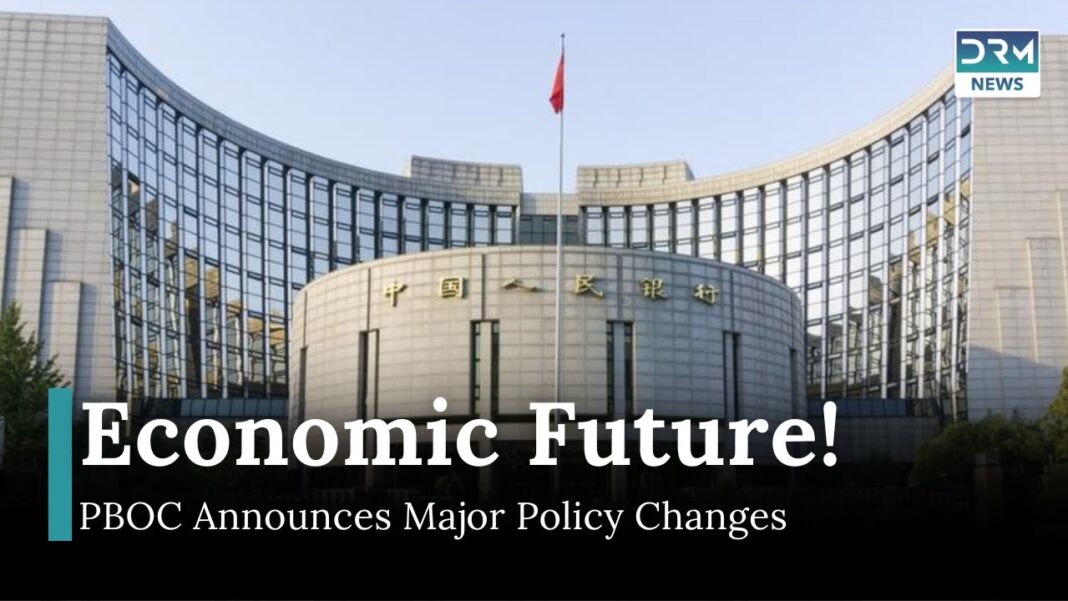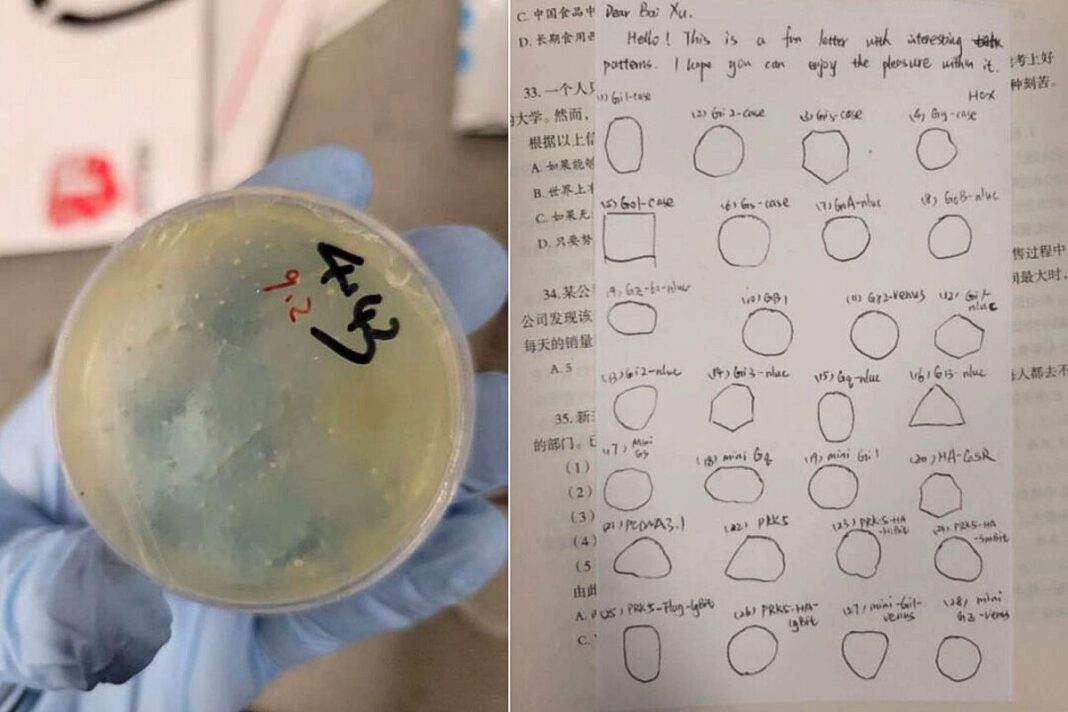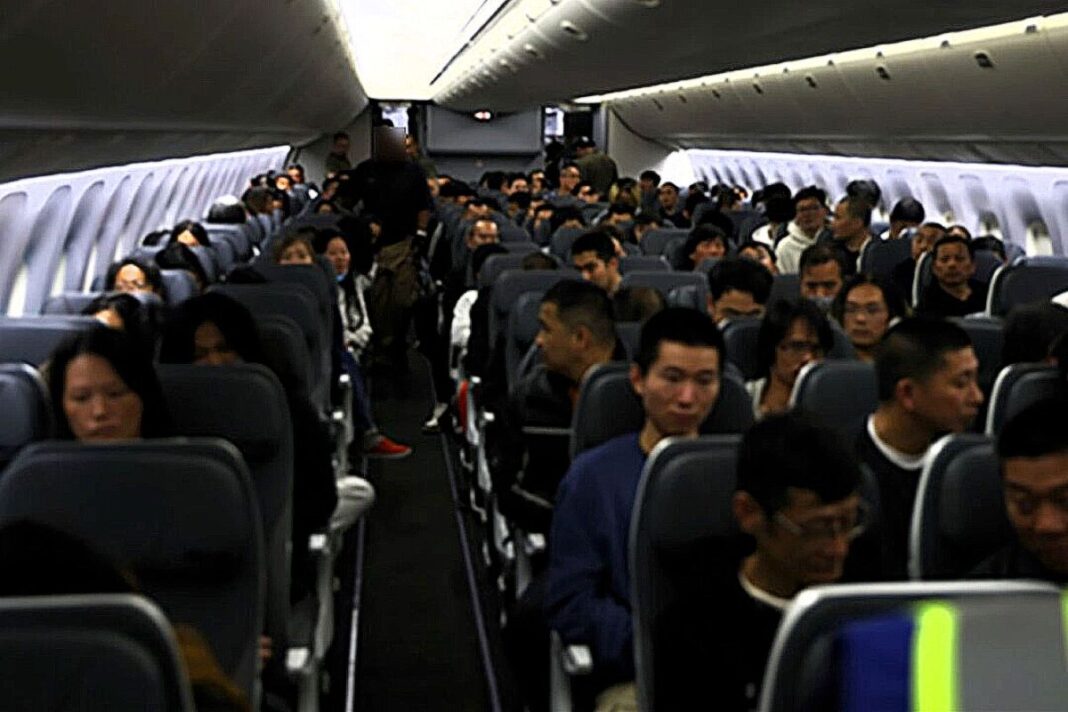Tiny interest rate cuts of the kind delivered by the People’s Bank of China fall far short of what the country needs.
Commentary
Every time Beijing announces policies to help the country’s faltering economy, it includes mention of lower interest rates and other forms of monetary ease. Of course, the economy needs more than simply monetary help, but even on this front, the People’s Bank of China (PBOC) falls short of a substantive contribution to the stimulus effort. The bank is simply failing in its obligation to the regime.
Earlier this May, the PBOC confirmed this pattern of failure. It abided by Beijing’s request for monetary ease, but made such a small gesture that it might as well have done nothing. All this monetary authority could muster was a 0.1 percentage point cut in interest rates. It began early in the month with this tiny cut in the rate on seven-day repurchase agreements and followed it later in the month with reductions of the same size in its benchmark lending rate, the one-year loan prime rate, and on five-year maturities.
For an economy that even the Chinese Communist Party (CCP) admits needs urgent help to stimulate consumer spending and capital investment by business, these can only be described as piddling changes. They are, however, entirely consistent with what has been happening for years. Since December 2021, when the PBOC began to help with Beijing’s stimulus efforts, monetary policymakers have cut interest rates by a grand total of only 0.8 percentage points from a prime lending rate of 3.8 percent to 3.0 percent after the last move. That amounts to 0.2 percentage points a year.
It is hard to see how that kind of a move could motivate any borrower or lender to change their attitude toward borrowing, lending, or spending. Contrast this behavior with the behavior of the Federal Reserve (Fed) in the United States, which, in response to only hints of economic weakening, much less the economic problems plaguing China, quickly cut American interest rates by a full percentage point between September 2024 and February 2025.
Action by the PBOC is even less explicable because over this time, the economy has developed a deflationary bias. Consider that when there is inflation in an economy, borrowers get to repay loans with money that is worth less in real terms than when they borrowed.








